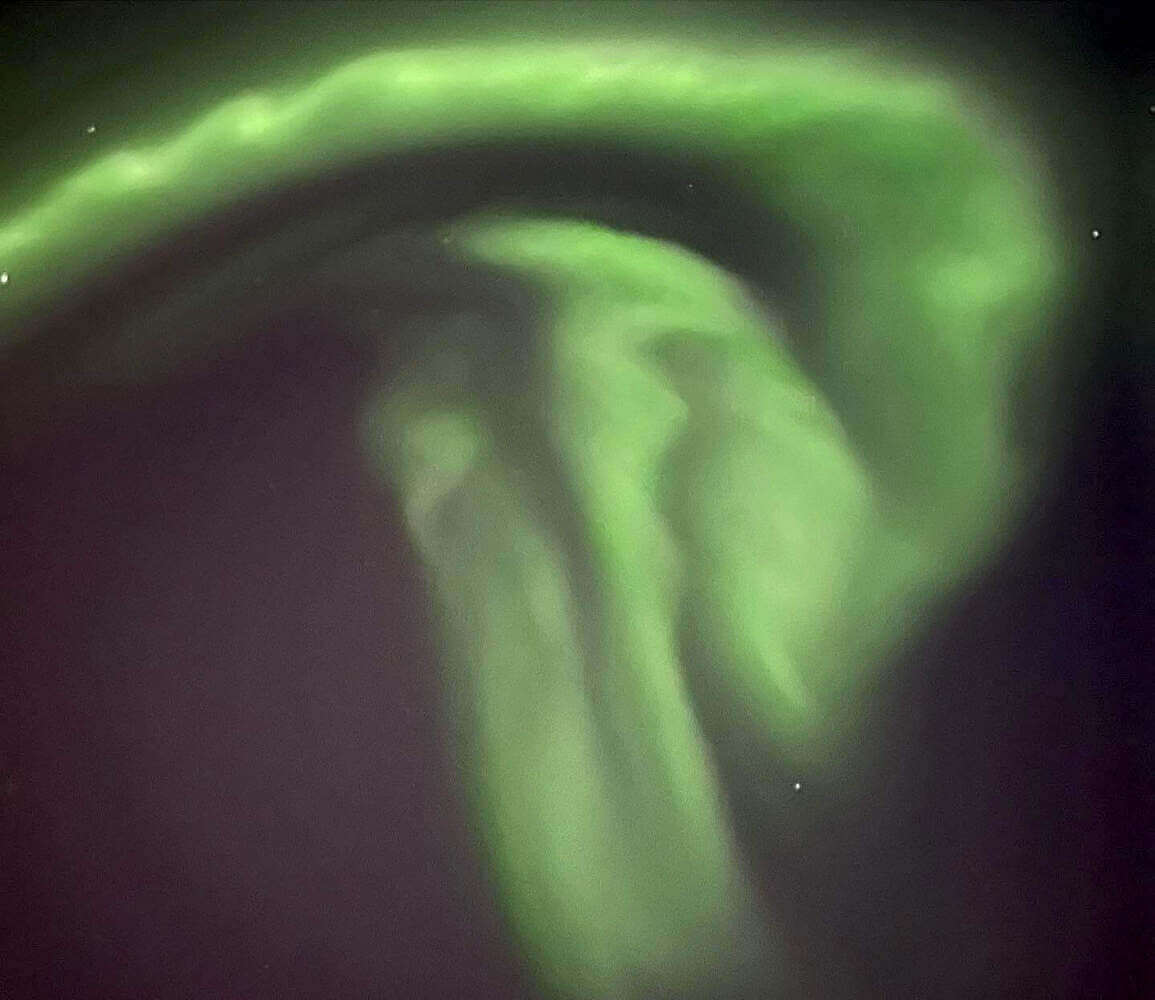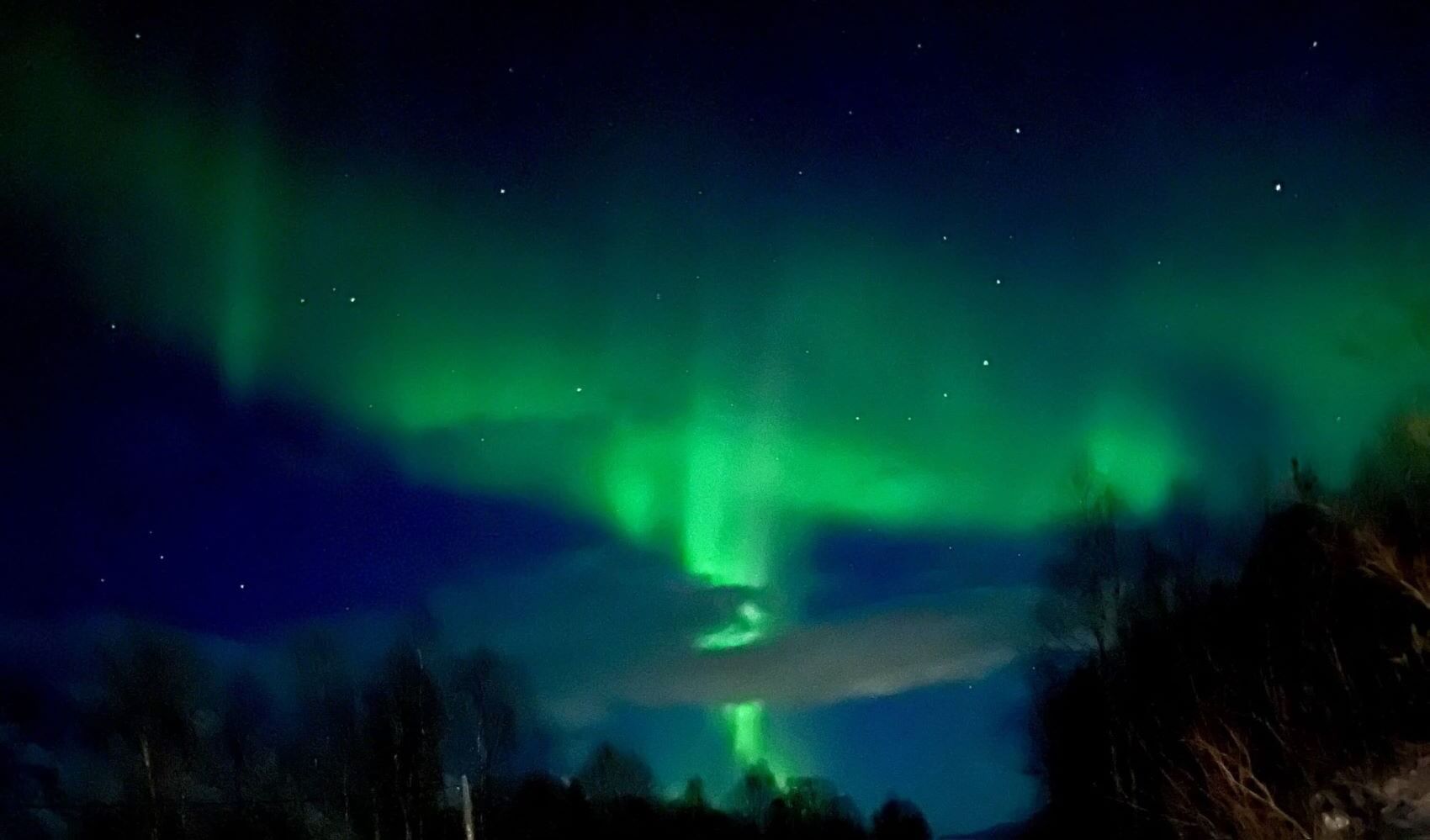
I visited Norway with my father in January 2023 on a Scandinavian road trip. I had made it a life goal to see the northern lights, and to experience the polar night, both of which I did. I tried to convince my mother to join us in this adventure, but the prospect of spending a small fortune for the privilege of not seeing the sun for a week and living in a place that makes our refrigerator feel like a tropical paradise somehow did not appeal to her. Covered with snow and ice, the roads were difficult to manage at first; however, with good winter tires we were able to get around without skidding into any reindeer (which is a serious local hazard). The roads we drove on in Norway were very well maintained – by which I mean it was occasionally possible to distinguish some semblance of grey asphalt beneath the snow cover. A luxury that alas was even harder to find in Sweden and Finland, which were colder and more snowy when we visited.
Tromso is the third largest city in the Arctic Circle, and the furthest north with over 20,000 people. It is a college town, and the University of Tromso leads academic research in niche fields such as the auroras and on the culture of the Sami people of northern Scandinavia. It is frequently called the “Paris of the North” due to its liveliness. I did not find Tromso to be particularly vibrant, but this is because we arrived in the middle of the polar night, and because many Norwegians seem to be fairly reserved. The landscape around Tromso is idyllic and takes your breath away – as does the city’s price tags. Norway is one of the most expensive countries I have been to, but with strategic gourmet cooking (ramen and frozen vegetables) we were able to return home without selling our kidneys on the black market.
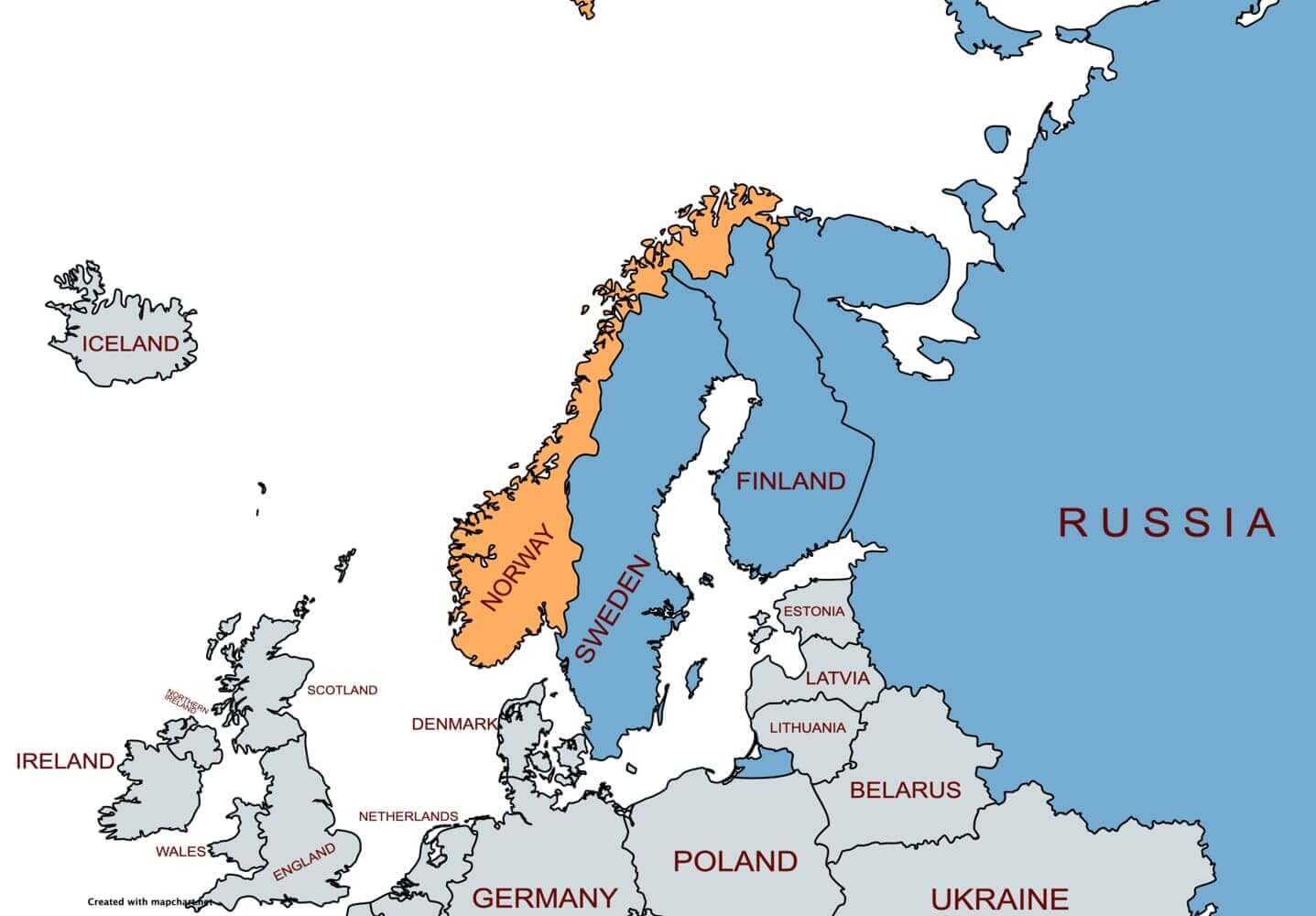
Norway’s history begins with the Vikings, a people who enjoyed paying friendly visits to their European neighbours and relieving them of their possessions. I would argue they pioneered the economic concepts of international trade and promoting competition, as they developed an advanced trade system in which they imported goods (plunder and slaves) in exchange for providing services (the privilege of not being brained by a battle-axe). To the relief of its neighbours, Norway’s economic policies have evolved somewhat since then.
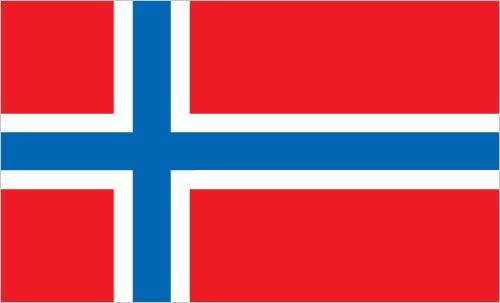
Norway was united with its neighbouring countries of Sweden, Denmark, Finland, and Iceland under the Kalmar Union during the 14th and 15th centuries. This union split in 1521, and Norway remained unified with Denmark until it was handed over to Sweden in 1814. It gained its independence in 1905, before being occupied by Nazi Germany during World War II. It has since become an extremely developed country, with one of the highest GDPs per capita in the world. Part of its economic success is thanks to the Nordic Model which combines high levels of social welfare with free enterprise. Although the vast majority of its electricity comes from hydropower, Norway extracts oil from the North Sea, and is one of the largest oil exporters in Europe. Although it opted not to join the European Union, it is part of the Schengen free travel area, and is a key member of the NATO military alliance.
I challenge you readers to introduce me to a cathedral that is further north than the Tromso Cathedral. This Protestant church was built in 1861 and is the only one in Norway to be built in wood. Contrary to most sub-polar expectations, this picture was not taken at night, but at 5pm. Tromso is far enough north that it experiences the polar night for 1.5 months. This means that the sun never rises above the horizon during this time. That being said, I was pleasantly surprised that we received about 4 hours of civil twilight each day during which visibility was not an issue, so our journey was not entirely devoid of light.
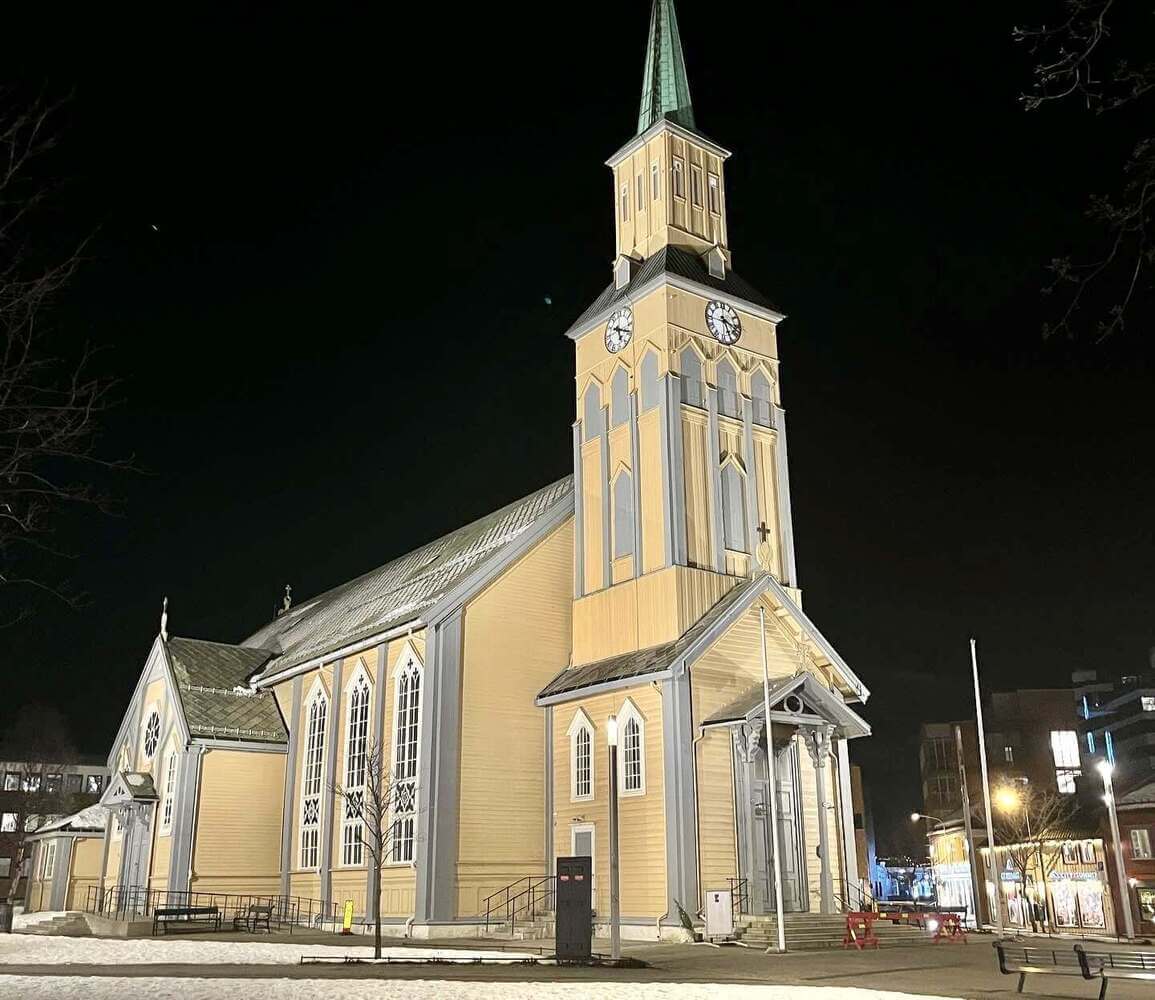
Norway’s fractal coastline is one of the longest in the world, despite the country’s relatively small size. It is saturated with fjords (valleys created by glaciers), and mountains. While Tromso is in the Arctic Circle, its weather is relatively mild: the coldest it got when I was there in January was -10C. This is because the Gulf Stream current brings warm water from North America to North Europe. In comparison, the Russian city of Yakutsk, which lies just south of the Arctic Circle, averages -35C in January.

The aurora borealis (or australis as they are called in the southern hemisphere) are spectacular lights that appear in the sky in latitudes that are between 10-20 degrees away from the North or South Poles. They occur when solar wind hits the Earth’s magnetosphere. I was surprised that auroras are often easier to see in cameras than with the naked eye – I think the lens accentuates the green colors that can be hard to make out. Nevertheless, we were fortunate to witness a major auroral storm on our first night in Norway, which was even more impressive than in the pictures. Some of the lights stayed relatively motionless in giant arcs that stretched across the horizon, while others danced through the sky, and others diffused like fast-moving clouds. Although the Kp index, which measures the strength of a geomagnetic storm, is the main factor people use to predict auroras in lower latitudes, we were far enough north that auroras were almost guaranteed to appear every night, and the deciding factor was cloud cover.
